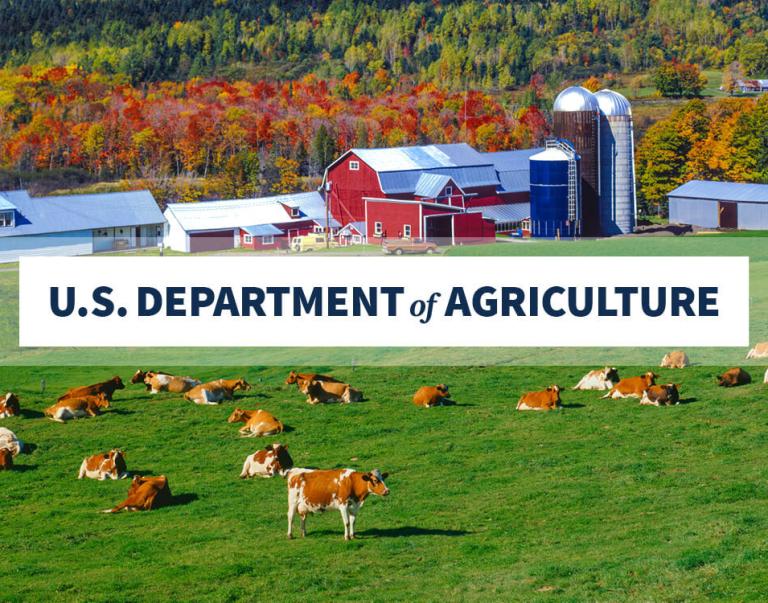The Special Supplemental Nutrition Program for Women, Infants and Children (WIC), promotes healthy birth outcomes and early child development by providing food packages, health screenings and referrals, breastfeeding promotion and support, and nutrition education for low-income pregnant, breastfeeding and postpartum women, infants, and children up to 5 years of age who are found to be at nutritional risk.
The Supplemental Nutrition Assistance Program (SNAP) increases food purchasing power for eligible households with benefits that can be used to buy food at authorized retail grocery stores and farmers markets across the country.
State agencies operate SNAP according to national eligibility and benefit standards set by Federal law and regulations, implement strategies to promote healthy choices and prevent obesity among participants, provide employment and training services to help participants move to self-sufficiency, and are responsible for ensuring integrity in certification and benefit issuance. USDA oversees over 250,000 food retailers that redeem benefits.




